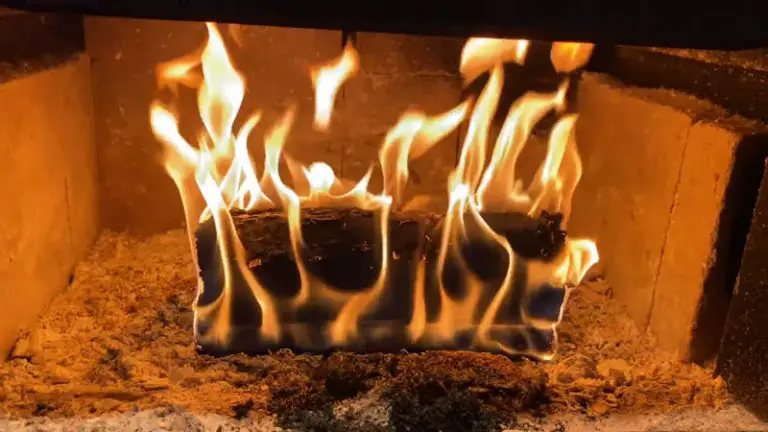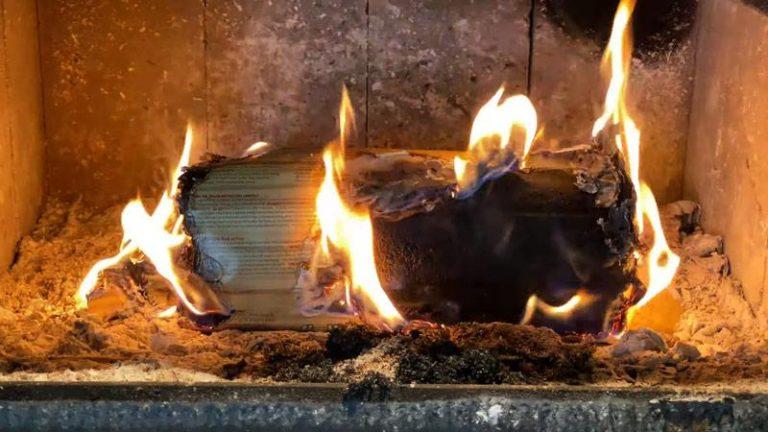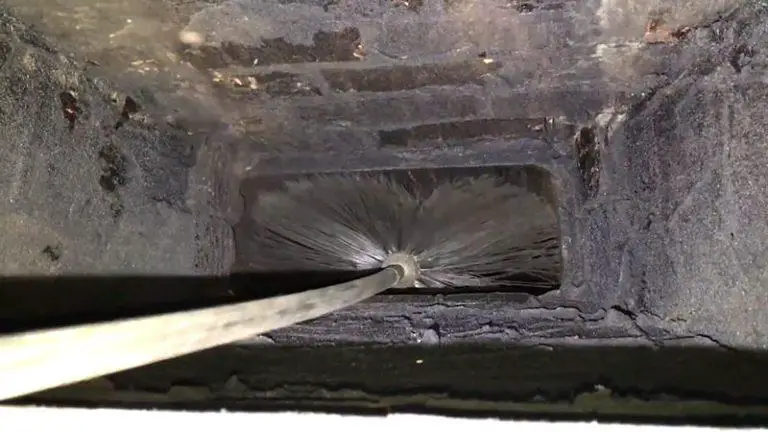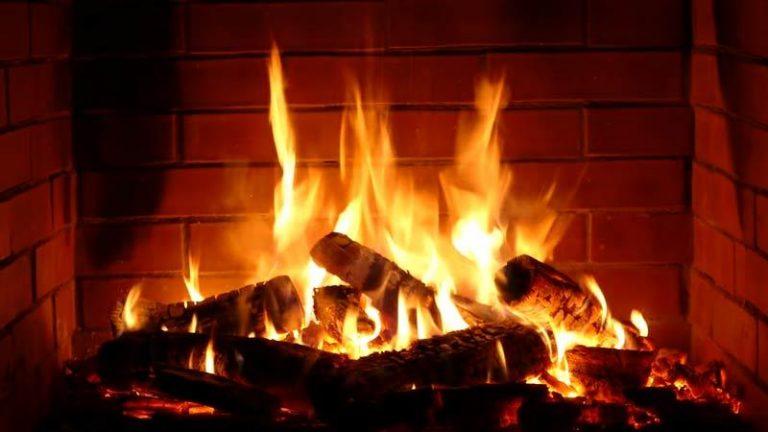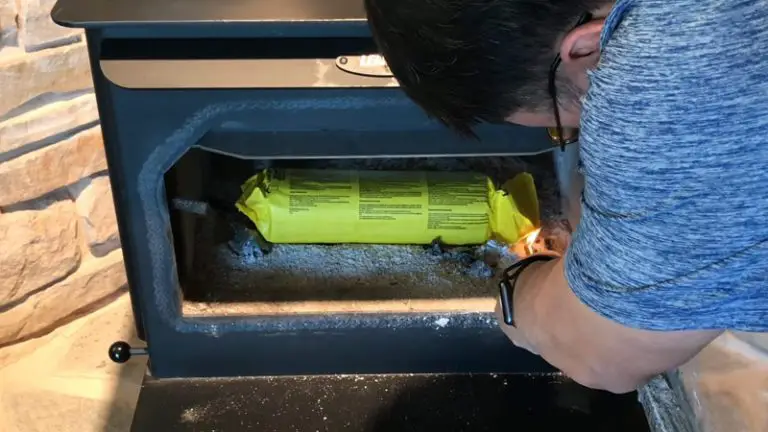Convert Electric Fireplace to Wood Burning: A Realistic Guide
That cozy electric fireplace was a great, simple solution for a while. But now you’re craving the real crackle of logs, the unique aroma, and the unmatched warmth of a genuine wood-burning fire. You’re not alone in wondering if you can just swap one for the other.
The idea of converting your existing electric fireplace setup to a traditional wood-burning one is a common homeowner’s dream. However, the reality is far more complex than a simple replacement.
You'll Learn About
Why You Can’t Just Swap an Electric Fireplace for a Wood-Burning One
Many homeowners believe that since the space for a fireplace already exists, the conversion should be straightforward. This assumption overlooks the fundamental differences between the two systems. An electric fireplace is essentially a decorative heater, requiring only an electrical outlet.
A wood-burning fireplace, on the other hand, is a complex system involving combustion, intense heat, and dangerous byproducts. It requires a specific infrastructure that an electric fireplace simply doesn’t have. Attempting a direct swap without addressing these core requirements is not just impractical; it’s extremely dangerous.
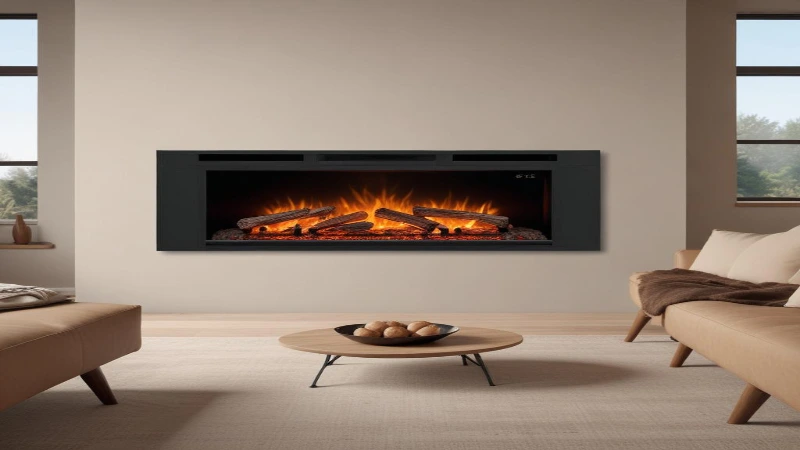
The Missing Chimney: The Biggest Hurdle
The most significant obstacle is the complete absence of a chimney and flue system. An electric fireplace needs no ventilation, as it produces no real smoke or harmful gases. A wood-burning fireplace absolutely requires a properly constructed chimney to safely vent smoke, carbon monoxide, and other combustion gases out of your home.
Building a new masonry chimney is a major construction project. It involves creating a foundation, intricate brick or stonework, and ensuring it extends to a safe height above your roofline. This is a job for professional masons and is often the most expensive part of the conversion.
Heat and Combustion: Structural Safety Concerns
Electric fireplaces generate a controlled, relatively low amount of heat. The surrounding walls and mantel are often built with standard materials like drywall and wood. A wood-burning fireplace produces intense, radiant heat that can easily ignite these combustible materials.
A proper wood-burning fireplace installation requires a non-combustible hearth, specialized fire-resistant materials (firebricks) for the firebox, and specific clearances from any flammable materials. Your existing electric fireplace structure is almost certainly not built to these rigorous safety standards.
Air Supply and Ventilation Issues
Modern homes are built to be airtight for energy efficiency. A wood-burning fire consumes a large amount of oxygen from the room for combustion. Without a proper air supply, this can lead to a dangerous downdraft, pulling smoke back into your home. This is a different issue than the cold air from a gas fireplace, which is often related to pilot lights or drafts in the chimney system itself.
The Solution: Treating it as a New Installation
The most accurate way to think about this project is not as a “conversion,” but as a complete removal of the old unit and a brand-new installation of a wood-burning fireplace system. This is a significant renovation that requires careful planning, professional expertise, and a substantial budget.
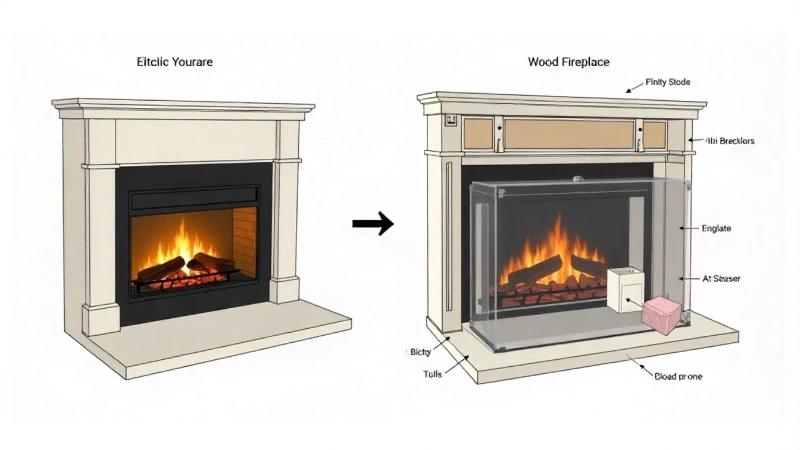
Step 1: Consultation and Professional Assessment
Your first step should be to contact a certified chimney sweep or a fireplace installation professional. They will assess your home’s structure to determine the feasibility of adding a chimney and fireplace. They will also advise you on local building codes and regulations, which are extremely strict for solid fuel-burning appliances.
This is a critical step. A professional will identify potential structural challenges and provide a realistic estimate of the work and costs involved. Do not skip this professional consultation.
Step 2: Choosing Your New Fireplace System
You have a few options when installing a new wood-burning system. You can opt for a traditional, open-hearth masonry fireplace, which offers classic appeal but is less efficient. Alternatively, you could choose a modern, high-efficiency fireplace insert or a zero-clearance (ZC) fireplace.
Zero-clearance fireplaces are pre-manufactured fireboxes that are insulated to require less clearance from combustible materials, offering more installation flexibility than traditional masonry fireplaces. Researching the right unit is key to a successful project.
Step 3: The Demolition and Construction Phase
This is where the major work begins. The existing electric fireplace and any surrounding non-compliant structures, like a wooden mantel or drywall, will be completely removed. This creates the necessary space for the new installation.
Following the demolition, skilled masons and contractors will begin constructing the new components. This includes building the foundation, the hearth, the firebox, and, most importantly, the chimney structure itself. If you’ve ever dealt with a sealed-off chimney, perhaps a gas fireplace that was capped off, you’ll understand that proper venting is non-negotiable.
Comparing Electric and Wood-Burning Fireplaces
Understanding the fundamental differences can help solidify your decision. While the ambiance of a wood fire is unparalleled, it comes with a significant increase in maintenance and installation complexity. For some, the power requirements might be a consideration, similar to figuring out how to adapt different power sources for other home equipment.
| Feature | Electric Fireplace | Wood-Burning Fireplace |
|---|---|---|
| Installation | Simple; plug into an outlet. | Complex; requires chimney, hearth, and professional installation. |
| Venting | None required. | Mandatory chimney and flue system required. |
| Maintenance | Minimal; occasional dusting. | Regular cleaning, chimney sweeping, and ash removal. |
| Safety | Low risk; no real flames or emissions. | Higher risk; requires adherence to strict safety codes for fire and carbon monoxide. |
| Cost | Lower initial cost. | High installation cost; ongoing fuel cost. |
| Heat Output | Supplemental heat for one room. | Can provide significant heat for a large area. |
Step 4: Installing the Firebox and Chimney Flue
Once the main structure is in place, the firebox (if using a ZC unit) and the flue liner are installed. The flue is the critical passageway inside the chimney that directs smoke safely outside. The type of flue and its proper installation are dictated by strict building codes to prevent chimney fires and ensure proper draft.
Step 5: Finishing and Final Inspection
After the core components are installed, the project moves to the finishing stage. This involves building the fireplace surround and mantel using non-combustible materials like stone, brick, or tile. Once all work is complete, a final inspection by a building code official is typically required to ensure the entire installation is safe and compliant.
This final sign-off is your assurance that the fireplace is safe to use. Never operate a newly installed wood-burning fireplace without passing this final inspection.
Estimated Costs for Conversion
Converting a gas fireplace to a wood-burning one can be a rewarding project, offering the ambiance and warmth of a traditional fire. However, it’s essential to understand the associated costs and considerations before embarking on this conversion.
Converting a gas fireplace to wood-burning is a feasible project that can enhance the warmth and charm of your home. However, it’s crucial to weigh the costs, safety considerations, and maintenance requirements before proceeding. Consulting with a professional contractor experienced in fireplace conversions can provide valuable insights and ensure the project is completed safely and efficiently.
Estimated Costs
The total expense for converting a gas fireplace to wood-burning varies based on several factors, including existing infrastructure, local labor rates, and materials needed. Here’s a breakdown of potential costs:
- Firebox Reconstruction or Replacement: $1,500 – $4,000
- Chimney Inspection and Relining: $1,000 – $3,500
- Removal of Gas Components: $300 – $800
- Installation of Damper and Chimney Cap: $200 – $600
- Labor Costs: $1,000 – $3,000
Overall, the total conversion costs can range from $2,600 to $11,300, depending on the specific requirements and scope of the project.
Final Thoughts: Is the Conversion Worth It?
Converting an electric fireplace to a wood-burning one is a desirable upgrade for those seeking authentic ambiance and powerful heating. However, it’s crucial to understand that this is a major renovation, not a simple appliance swap. The project demands significant investment, professional expertise, and a commitment to safety.
By approaching it as a new installation and hiring qualified professionals, you can safely and successfully achieve your dream of having a real wood fire in your home. The warmth, sights, and sounds of a crackling fire are a reward that, for many, is well worth the effort and expense.

